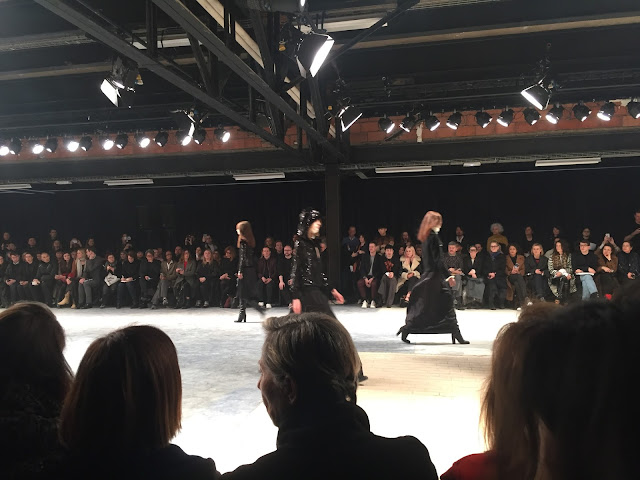I've found that there has always been a stigma attached to the label of Dior - after all, who cannot appreciate the Dior 'New Look' and the reintroduction of feminine sexuality in dressing during the war? The small waists, oversized skirts and elegant materiality, what is not to salute as a historical moment in fashion? Well, as part of developing an interest in Dior (after seeing how incredible a pair of Dior pointed toe pumps really look on a foot, and how shiny that lady Dior bag really is) I took the time to watch the documentary 'Dior and I' and reestablished my belief that a classic couture house can still be modern, with the help of previous Jil Sander protege Raf Simons.
Through Simons, the Parisian girl-next-door was given a back bone - the previously historical tailoring and romanticised fabrics, were pushed forward by Simons and introduced into the 21st century, with raw edges roughening up the sweet-heart necklines, and the classic small waist and volumnous skirt taking form in evening tops and power-hungry suit jackets. Think Kate Moss takes over Paris (or at least, the Palace of Versailles.)
Now, I know that Simons has since departed the house since 'Dior and I', and has stood as the tip of the fashion business iceberg in terms of pace vs. productivity, but it is stamp of futurism on the historical house that I greatly admire and has attracted me to the previously unfavoured brand - the idea of taking innocent femininity into the 21st century and turning it into sexy without the Yves Saint Laurent 'Le Smoking' Jacket. It is the want of trying to twist the history into something new that attracts me, whilst the house still keeps it's iconic products (The Lady Dior will be a bag to tick off), the Parisian Chic in the 21st century. The Dior woman is now aiming for the glass ceiling, armed in pearls and studs, no longer restricted by corset and stiffening material.
Still think Diamonds are a girl's best friend?



















